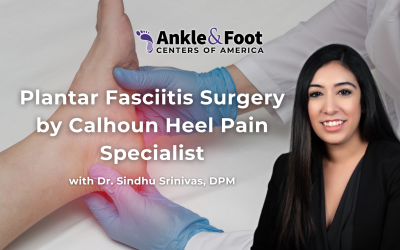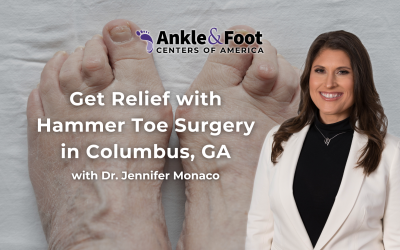Tinea pedis, more commonly known as “athlete’s foot”, is a fungal infection of the toes and feet. The infection forms between the toes or on the bottom of the feet and causes the skin to become scaly, flaky and often times, very itchy. The fungus is most commonly transmitted in warm, moist environments, like public pools or communal bathrooms, where people walk barefoot. Patients are especially susceptible if they have open cuts in the skin, which is a perfect vehicle for transmission. Tight and enclosed shoes worn for extended periods of time serve as a perfect place for the fungus to incubate and spread.
Treatment ranges from topical antifungal agents to oral medications. The topical agents come in multiple forms, which include creams, gels, sprays and powders. Your doctor will be able to tell you which agent is best for you, considering the location and severity of infection.
In order to prevent athlete’s foot, it is important to have your feet protected in communal areas where the risk is greater. While in public arenas, where your feet are exposed, a simple flip flop can offer protection. Adequate cleansing and drying of your feet after a shower can also help prevent moisture buildup before applying socks and shoes. In patients with excessive sweating, changing your socks throughout the day can help alleviate the excess moisture. It is also important to buy shoes made of materials that allow for adequate ventilation.
In any situation, it is important to always inspect your feet for any signs of skin breakdown or areas of irritation. If you have concerns, see your doctor soon to be evaluated.
Dr. Powell is a leading Atlanta Podiatrist practicing with the Ankle and Foot Centers of Georgia at our Emory/Midtown office:
550 Peachtree Street NE, Ste. 1615
Atlanta, GA 30308To make an appointment with Dr. Powell, call 678-702-0620 today!
Or, visit our website to make an online appointment at any of our Georgia locations.




